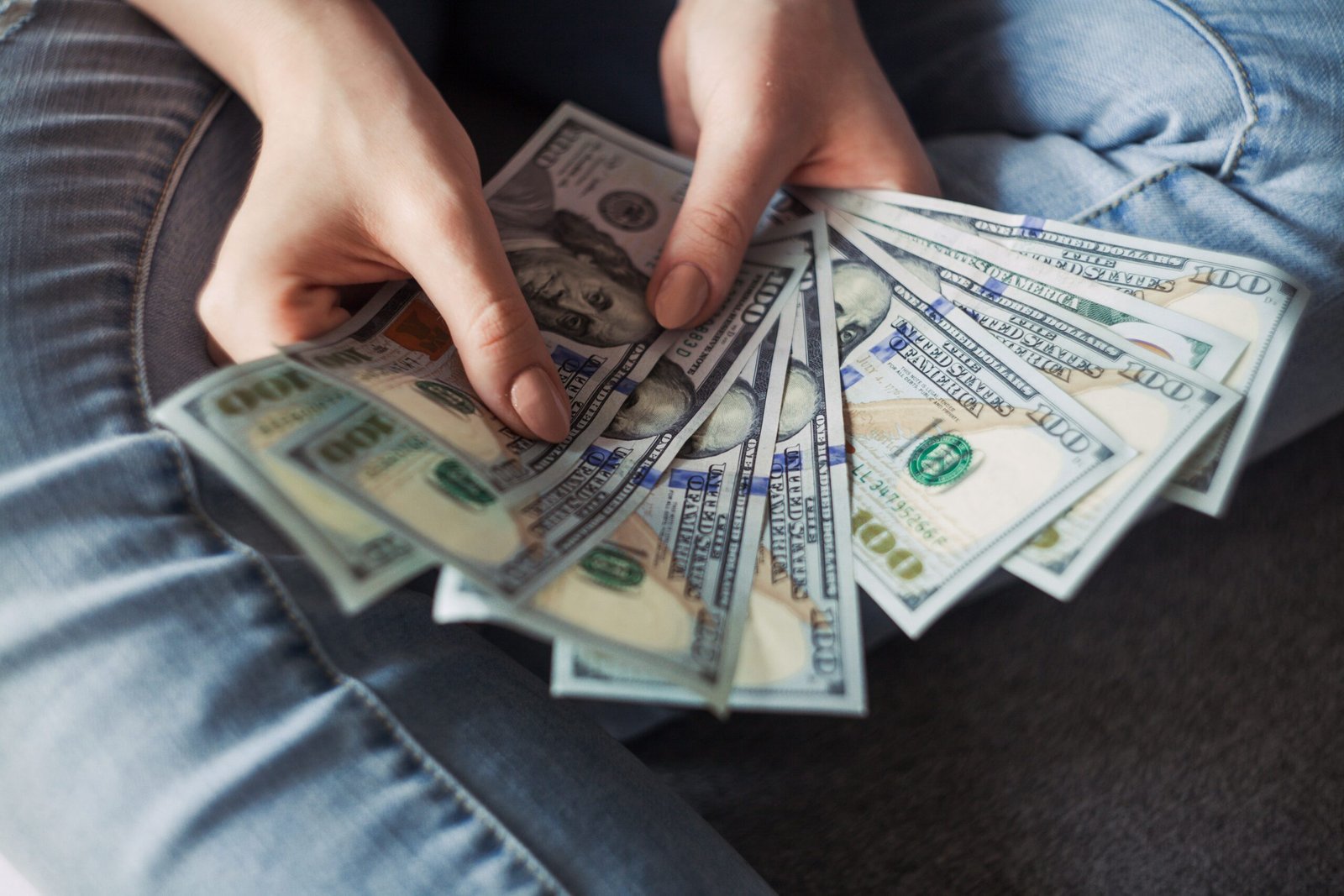Strategies for investing in a recovering market
Table of Contents
As the economy recovers from a downturn, investors may be wondering how best to take advantage of the new opportunities. This article will explore some strategies for investing in a recovering market, including diversification, dollar-cost averaging, and avoiding emotional decisions. Whether you’re new to investing or an experienced pro, these tips can help you make smart decisions in a changing market.
Diversify Your Portfolio
One of the most important strategies for investing in a recovering market is diversification. By spreading your investments across a range of asset classes, you can reduce your exposure to any one area and limit your risk. For example, you might invest in a mix of stocks, bonds, and real estate, or consider alternative investments like commodities or cryptocurrencies.
Dollar-Cost Averaging
Another strategy for investing in a recovering market is dollar-cost averaging. This involves investing a fixed amount of money on a regular schedule, regardless of the market conditions. By doing this, you can take advantage of fluctuations in the market and buy more shares when prices are low. Over time, this can help you build a sizable portfolio and benefit from long-term growth.
Avoid Emotional Decisions
When the market is recovering, it’s easy to get caught up in the excitement and make emotional decisions. However, this can be a recipe for disaster. Instead, focus on your long-term goals and stick to your investment plan. Avoid making sudden changes to your portfolio based on short-term fluctuations, and resist the urge to sell everything when the market takes a dip.

Consider the Economic Environment
Finally, it’s important to consider the economic environment when investing in a recovering market. Look for sectors that are likely to benefit from the economic upswing, such as technology, healthcare, and consumer goods. Keep an eye on interest rates and inflation, as these can affect the performance of different asset classes. And don’t forget to factor in geopolitical risks, such as trade disputes or political instability, which can have a major impact on the market.
In conclusion, investing in a recovering market can be an exciting opportunity for investors to take advantage of new opportunities. By diversifying your portfolio, using dollar-cost averaging, avoiding emotional decisions, and considering the economic environment, you can position yourself for success. Remember, investing is a long-term game, and it’s important to stay focused on your goals even in a changing market.
FAQs
What is a recovering market?
A recovering market is a market that has experienced a decline in asset prices and is now showing signs of improvement or growth.
What are some strategies for investing in a recovering market?
One strategy is to invest in undervalued or overlooked assets, as these may have more room for growth as the market recovers. Another strategy is to diversify your portfolio to spread your risk and take advantage of opportunities in different asset classes or industries. Additionally, investing in companies with strong fundamentals and a track record of weathering market downturns may also be a wise choice.
What are some risks of investing in a recovering market?
One risk is that the recovery may not be sustained, and the market could experience further declines. Additionally, there may be higher volatility and uncertainty in a recovering market, which could lead to increased risk for investors.
What are some examples of assets that may be undervalued in a recovering market?
Real estate, commodities, and certain stocks or sectors that were hit particularly hard during the downturn may be undervalued in a recovering market.





